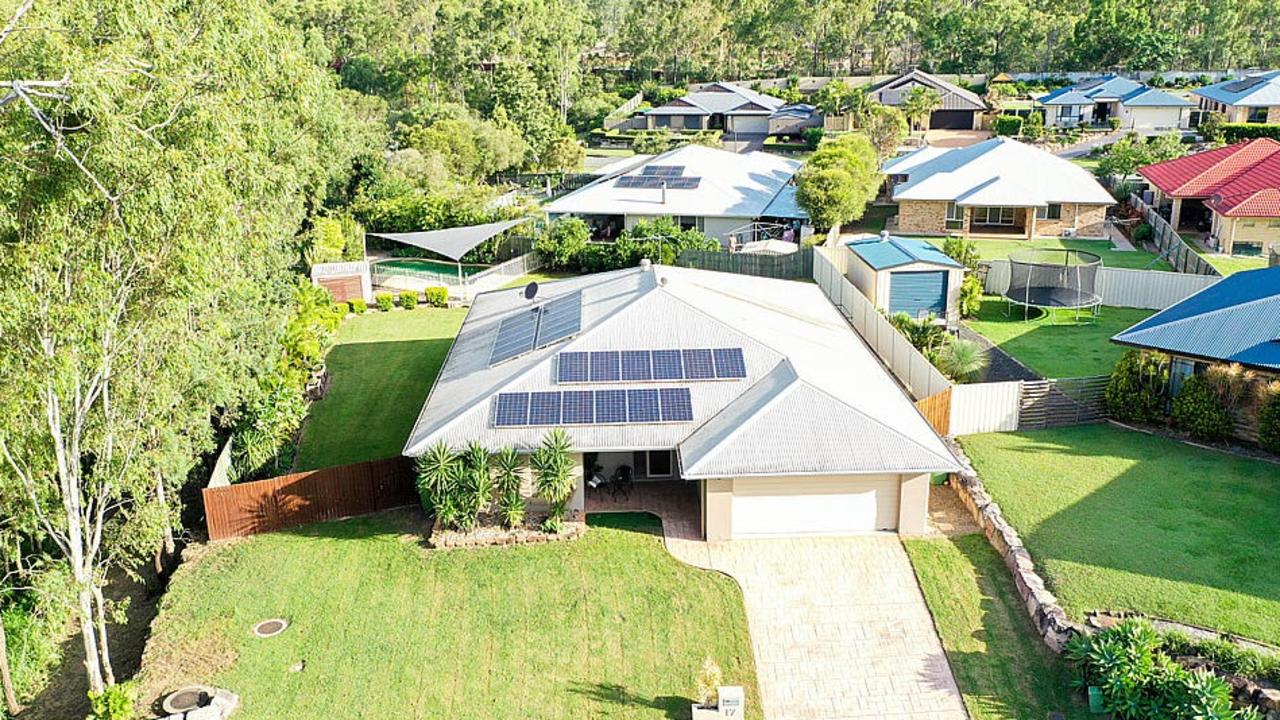Ipswich areas some of the hardest hit by childcare fee hikes
Ipswich has seen some of the biggest childcare price rises in the country in the last year, with fees in some areas surging by more than 15 per cent.
Ipswich
Don't miss out on the headlines from Ipswich. Followed categories will be added to My News.
FAMILIES in Ipswich and surrounding areas have been stung with some of the highest childcare price rises in the country, with fees skyrocketing by more than 15 per cent in just 12 months.
And, according to new Education Department figures for 2018, it's families in regional Queensland who have felt the brunt as 29 of the top 40 spots were taken out by the state's towns and suburbs.
While Brisbane's inner city has the highest average hourly fee of $10.66, areas including Esk, Lowood, Laidley, Rosewood and Boonah are feeling the pain too, with an average hourly fee of $7.95 placing the community in the top 10 most expensive regions in Queensland.
And with an average hourly fee of $8.41, an increase of more than 12 per cent, inner Ipswich is not far behind, making it one of the top 20 most expensive areas in the state.
Not as expensive, but still making the top 30, is the Redbank and Springfield area with an average hourly fee of $8.82, an increase of more than 10 per cent.
Australia's steepest rise was on the Granite Belt which had a 22.3 per cent increase to $9.25. Wide Bay's Gympie - Cooloola (18.7% to $8.21) had the second steepest rise Australia-wide, and Wide Bay's Burnett (17.3% to $7.95) was in fourth.
Conversely, fees in the far north dropped by an average of 31 per cent to an average of just $5 an hour. Costs fell too in the Central Highlands, Charters Towers, Ayr and Ingham, while Sunnybank was the most contained of the suburbs, recording a 1 per cent rise.
Experts have been unable to explain exactly why hourly costs have rocketed in some areas in the wake of the new Child Care Subsidy but not elsewhere.
But an Education Department spokesperson said out-of-pocket costs were down by 7.9 per cent since the new subsidy began, according to the Australian Bureau of Statistics Consumer Price Index and Queensland rates were still among the lowest in the country.
The Parenthood spokeswoman Megan O'Connell said she hoped centres were reinvesting the in their centres and staff.
"The increases are tremendously hard on families because wages tend to be much lower in regional areas," she said.
"Families in regional areas are quite trapped with how they access childcare centres because they don't have that choice of services that you have in metro areas."
Early Childhood Alliance chief executive Sam Page said rent and staff wages drove fees upwards each year.
"But why some services can put their rates up by 1 per cent and one (area) is 22 per cent, we don't understand why," she said.
She said the structure of the new subsidy probably encouraged providers to increase fees towards the Commonwealth's $11.98-an-hour fee cap.
Over supply in some areas was also driving up costs as places with high vacancy rates charged to stay open, she said.
Australian National University economic and social researcher Ben Phillips agreed the reasons weren't clear.
"Possible explanations include some catch up in prices as Queensland is typically a lower cost state," she said. Or centres could be offering shorter 10-hour days instead of 12-hour days, which skews the hourly rate in the statistics but doesn't mean affordability had worsened, he said.
The Government has commissioned an independent evaluation of the child care package led by the Australian Institute of Family Studies (AIFS), with a final report due in 2021.


